How Does An Engine Idle?
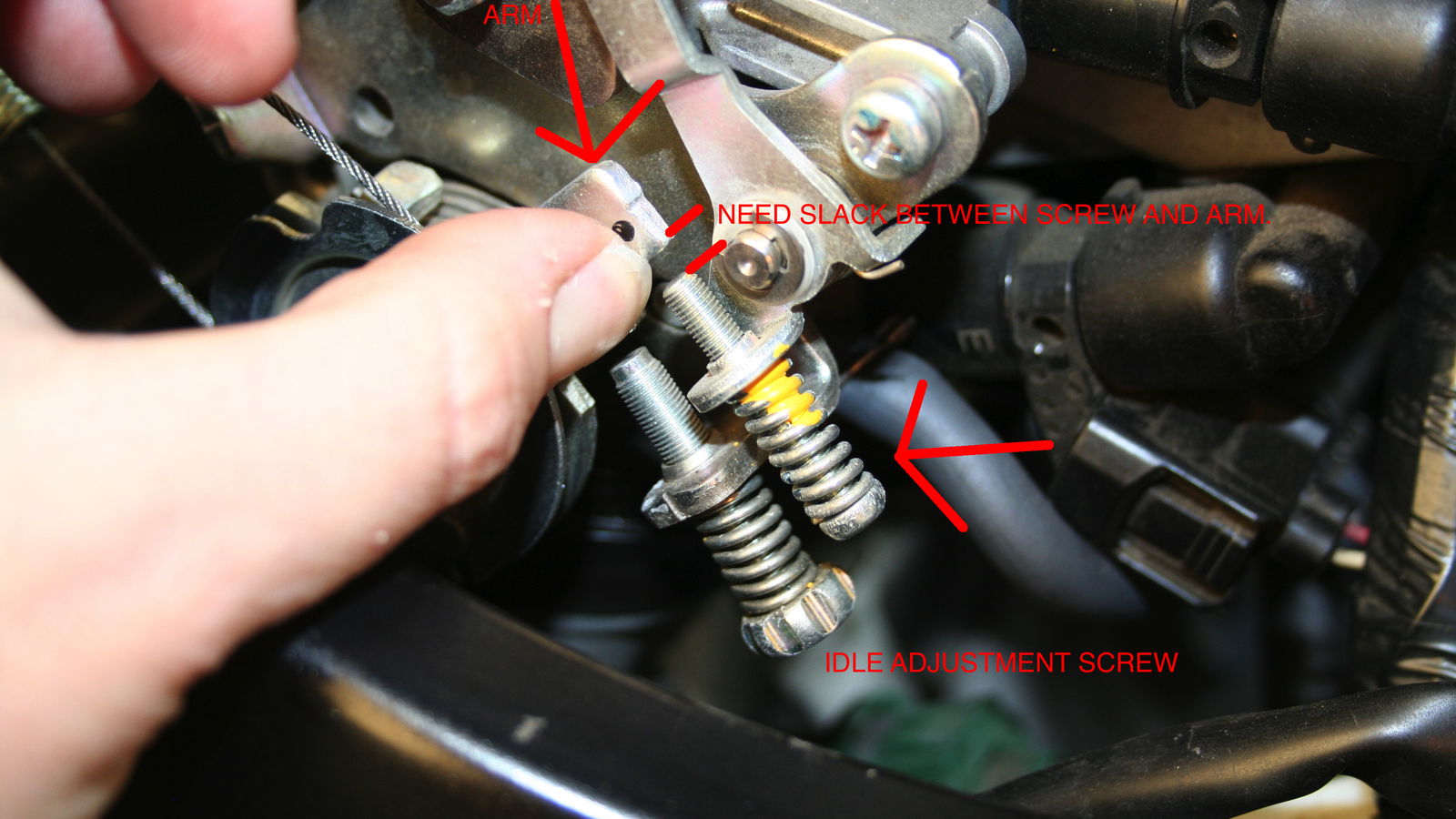
Keeping an internal combustion engine running is by far on of the greatest engineering feats of all time. Managing to get over 10,000 components to all interact with each other in an extremely precise and frequent sequence is truly something that should never be taken for granted.
With a relationship formed between airflow and fuel injection being the basis of the reciprocation of an IC engine, there needs to be a method of keeping the engine conveniently running when progress is not needed. Thankfully, the clever-clogs of the engineering world came up with the engine idle, which allows an IC engine to sit stable at a low engine speed without any throttle input, managing to avoid any form of stalling.
An engine’s idle is firstly set by a simple throttle stop, known as an idle screw. This screw takes its position on the side of the throttle body and stops the throttle linkage arm from completely shutting the butterfly valve that allows air to enter the intake manifold.
The throttle stop allows the butterfly valve to sit ever-so-slightly open, thus allowing for a minimum amount of airflow to reach the combustion chamber. This opening is just enough to allow a specific amount of airflow through to keep the engine running when there is no physical throttle input from the gas pedal.
Next comes the idle air control valve or IAC valve. With the throttle stop being a fairly rudimentary form of creating an idle, the IAC valve uses sensors that talk to the ECU to adjust airflow into the engine to accomplish a desired engine speed at idle.
Air is allowed to bypass the butterfly valve and instead is sucked in via the vacuum within the inlet manifold to keep the idle as stable as possible in differing conditions. Sensors are used to measure factors like ambient temperature and electrical load on the vehicle to then influence the percentage that the IAC valve opens or closes to find the desired engine speed for idle.
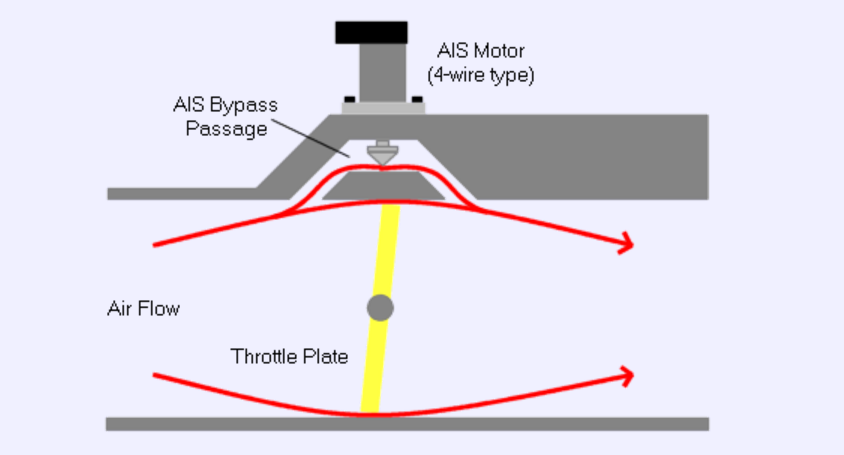
One major case that shows the importance of an IAC valve is in cars featuring air conditioning. Due to the relatively large load placed upon a car from AC, the idle will drop slightly as the engine works to run such an ancillary component. The IAC valve therefore steps in by opening up to allow more air through to the intake manifold, thus raising the idle back to the set engine speed.
Within engine mapping there are specific air/fuel ratios set for idle engine speeds and therefore the control of an engine idle these days can become an extremely technical and complex process of fine adjustments. As a rule, it’s advisable not to mess around with the idle screw positioning as it has been set from factory to a specific thread along its length to create a sensible engine idle possible. If tampered with – let’s say elongated to a higher throttle percentage opening – a slight lag in throttle response can occur if the morse cable connecting the throttle pedal to the throttle body is not also adjusted as it will have slackened compared to the standard idle screw positioning.
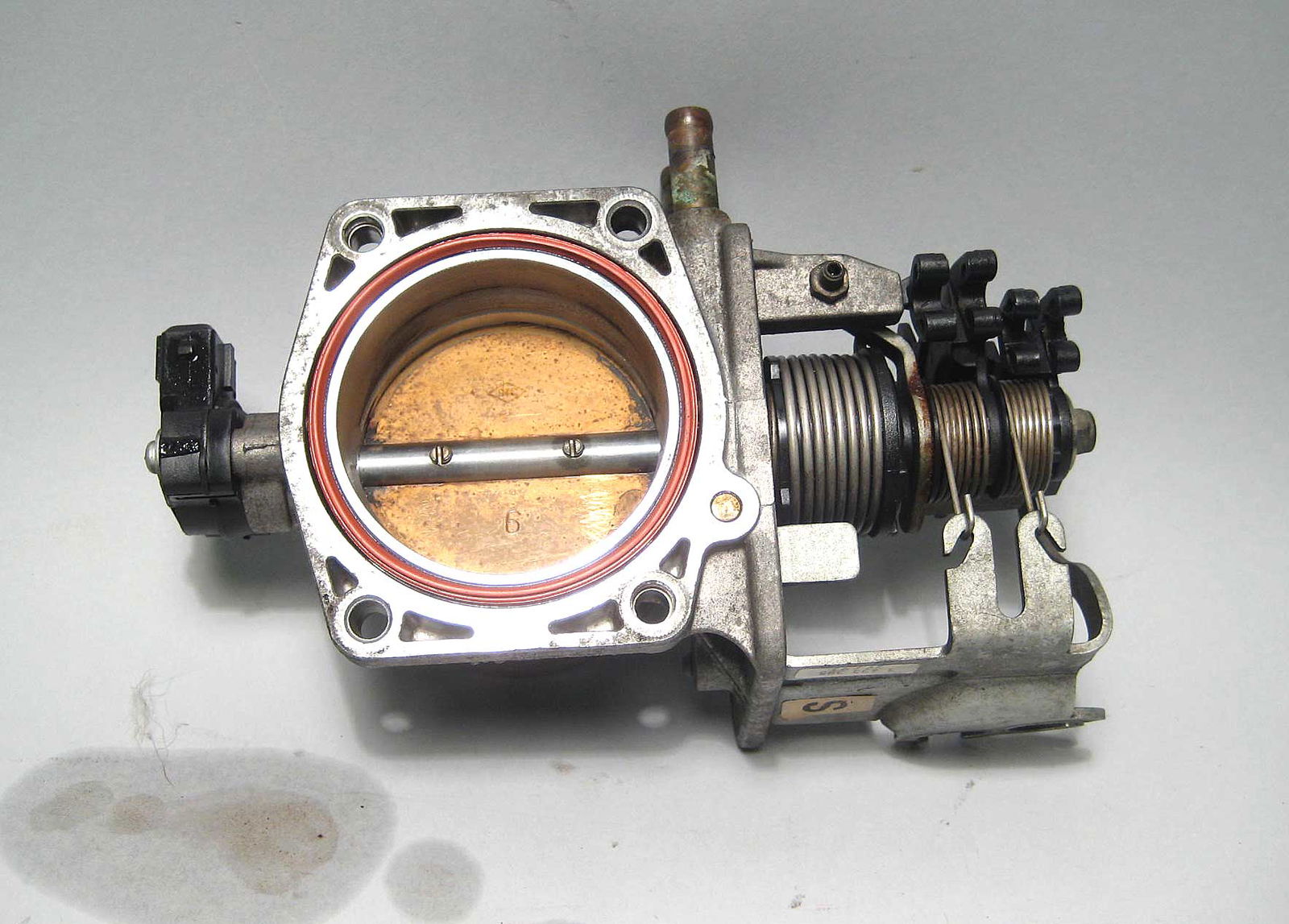
All this mechanical complexity has already started to be overcome by the power of electricity, as throttle-by-wire systems are beginning to infiltrate the market. By using a position sensor on the throttle pedal, the ECU can then tell the butterfly how much to open, along with setting its own idle positioning using a simple feedback loop control system. Although this will seem a detachment from the mechanical processes occurring within your car, the ability for the ECU to self-tune the idle will see much more consistent idling speeds.
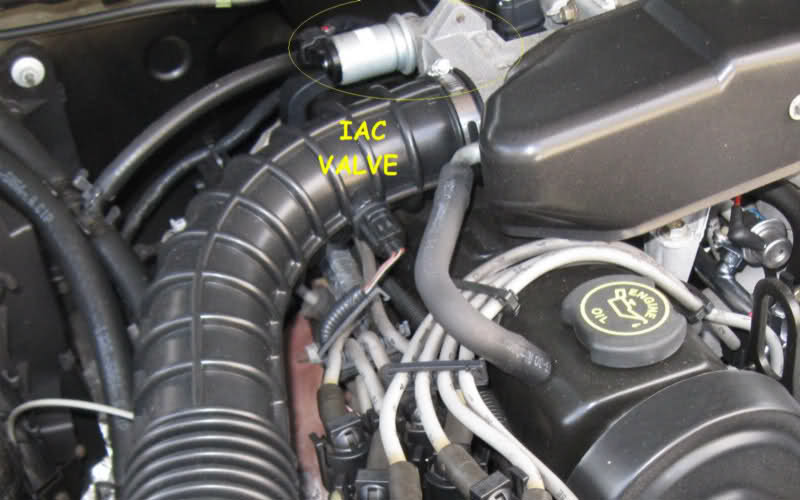
As with almost any aspect of a car, problems can occur with your idle. It’s not uncommon to have a car idling badly; be it too high, too low, fluctuating or even not idling effectively enough to keep the engine running causing a stall. Although there could be many potential causes for dodgy idling, vacuum leaks are by far the most common culprit for fluctuations in an engine’s idle speed.
A vacuum leak occurs around the intake system where small holes or gaps appear in gaskets which allow additional air to be sucked into the intake on top of the air entering the system properly through the throttle body. The unwanted influx of air can be unstable and fluctuate, which destabilises the idle speed of the engine as the ECU tries to figure out the correct air/fuel mixture to concoct.
Another main cause of an unstable idle is to do with the cooling system, strangely. If there are air bubbles in the cooling system or coolant levels are generally low, the temperature sensor will fluctuate erratically and will send the ECU into a frenzy as it tries to adjust the air/fuel ratio to try and stabilise the situation, thus causing engine speed to increase and decrease.
Solutions to these problems can be easily found by replacing old gaskets, making sure all connections featuring vacuum lines are properly sealed and simply keeping your coolant topped and bled of any unwanted air bubbles. Also just keeping you intake system as clean as possible is ideal for creating the optimum conditions for a smooth idle.
Whether you own a little 1.6-litre pocket rocket that rests at 750rpm or a highly-strung, race-derived powertrain with a stupidly high idle setting, the systems explained above all combine to make sitting at the traffic lights that little bit easier. By allowing you to sit and listen to your engine purring at its minimum speed, idling is one of the simple pleasures of petrolhead life that will hopefully put a smile on car fan’s faces for decades to come!
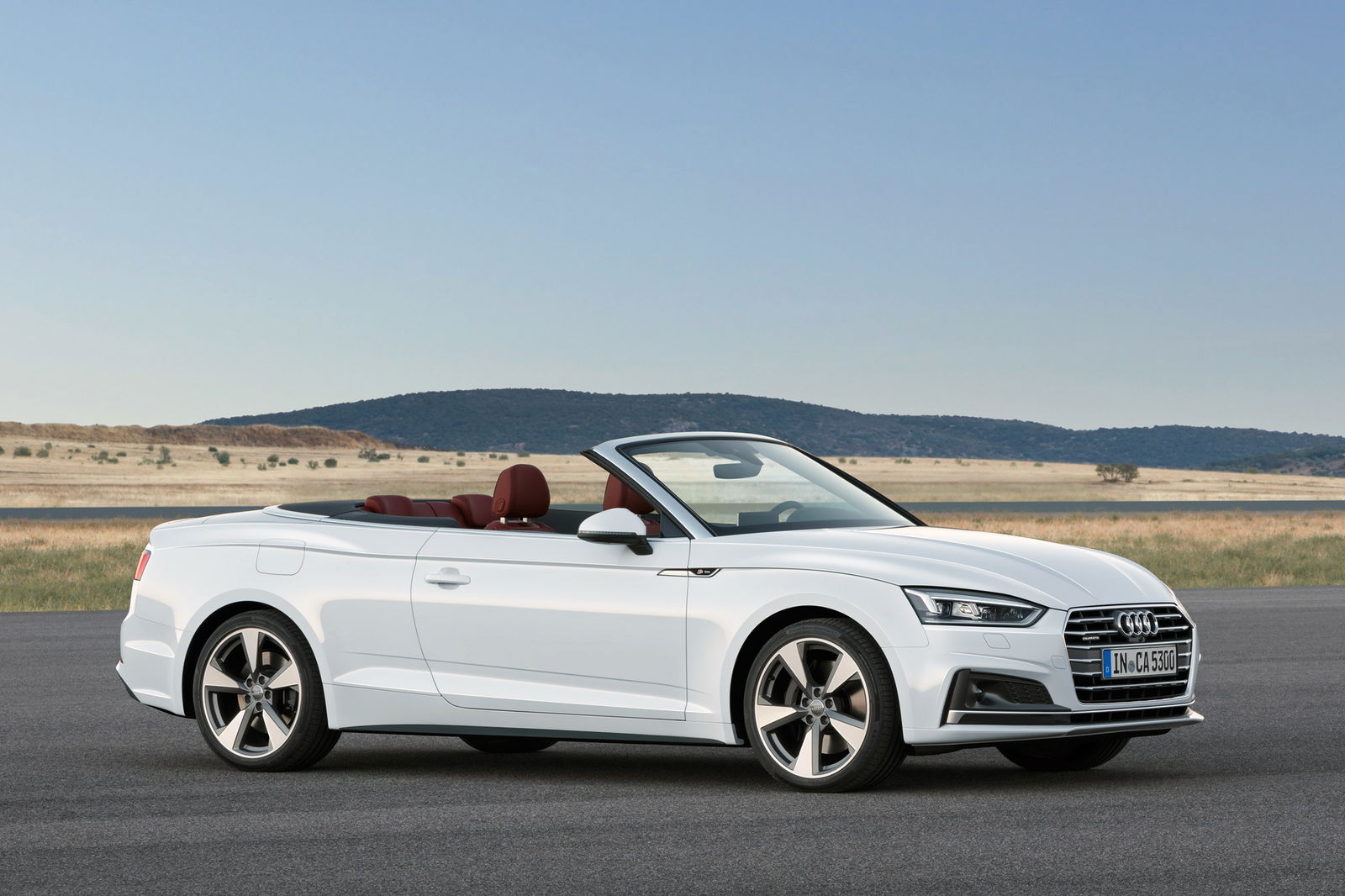
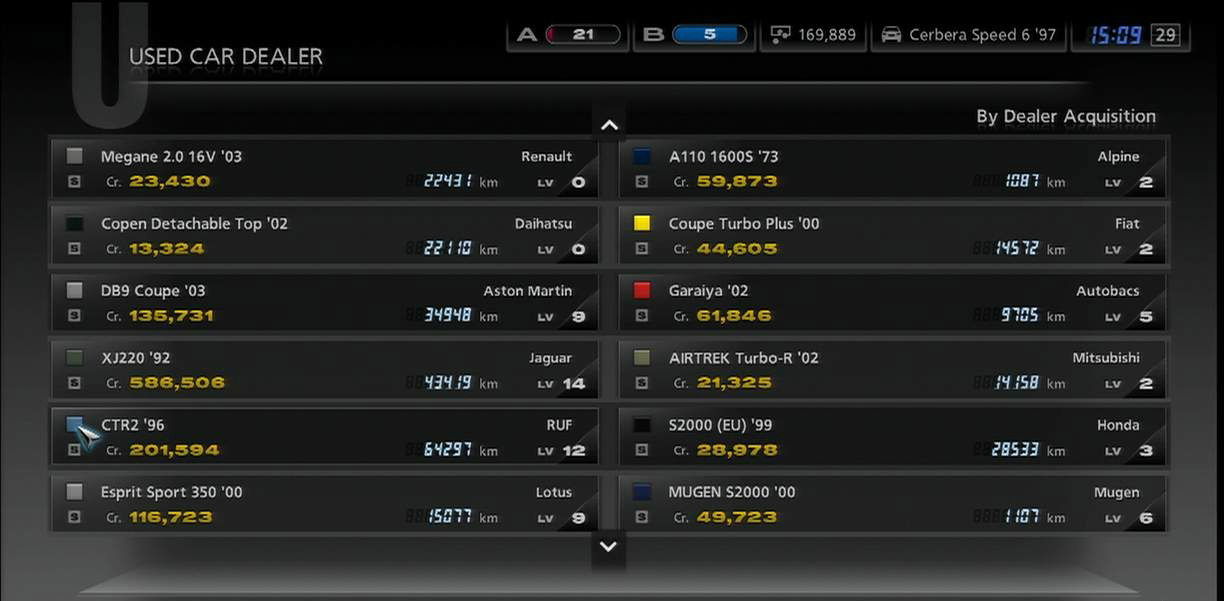



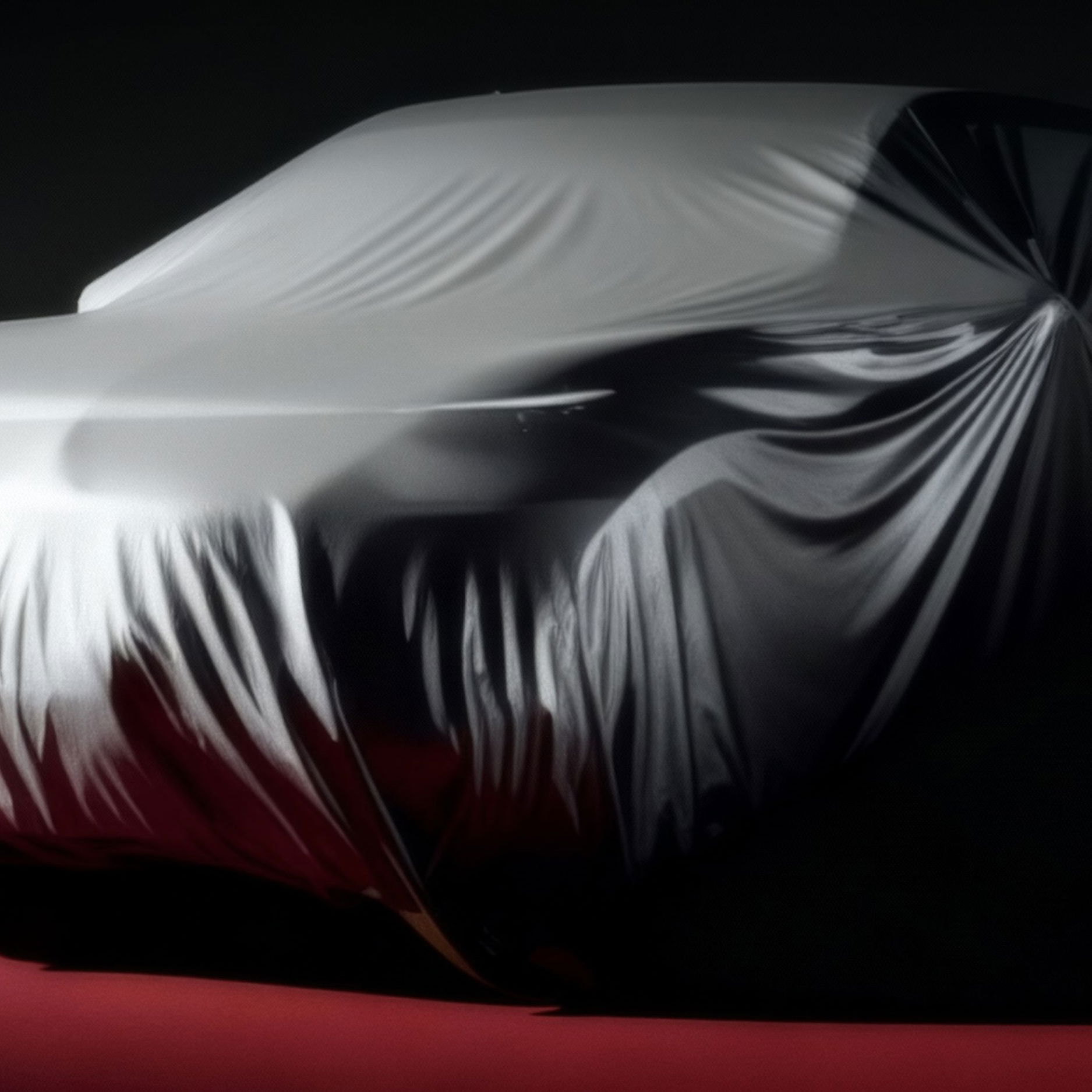




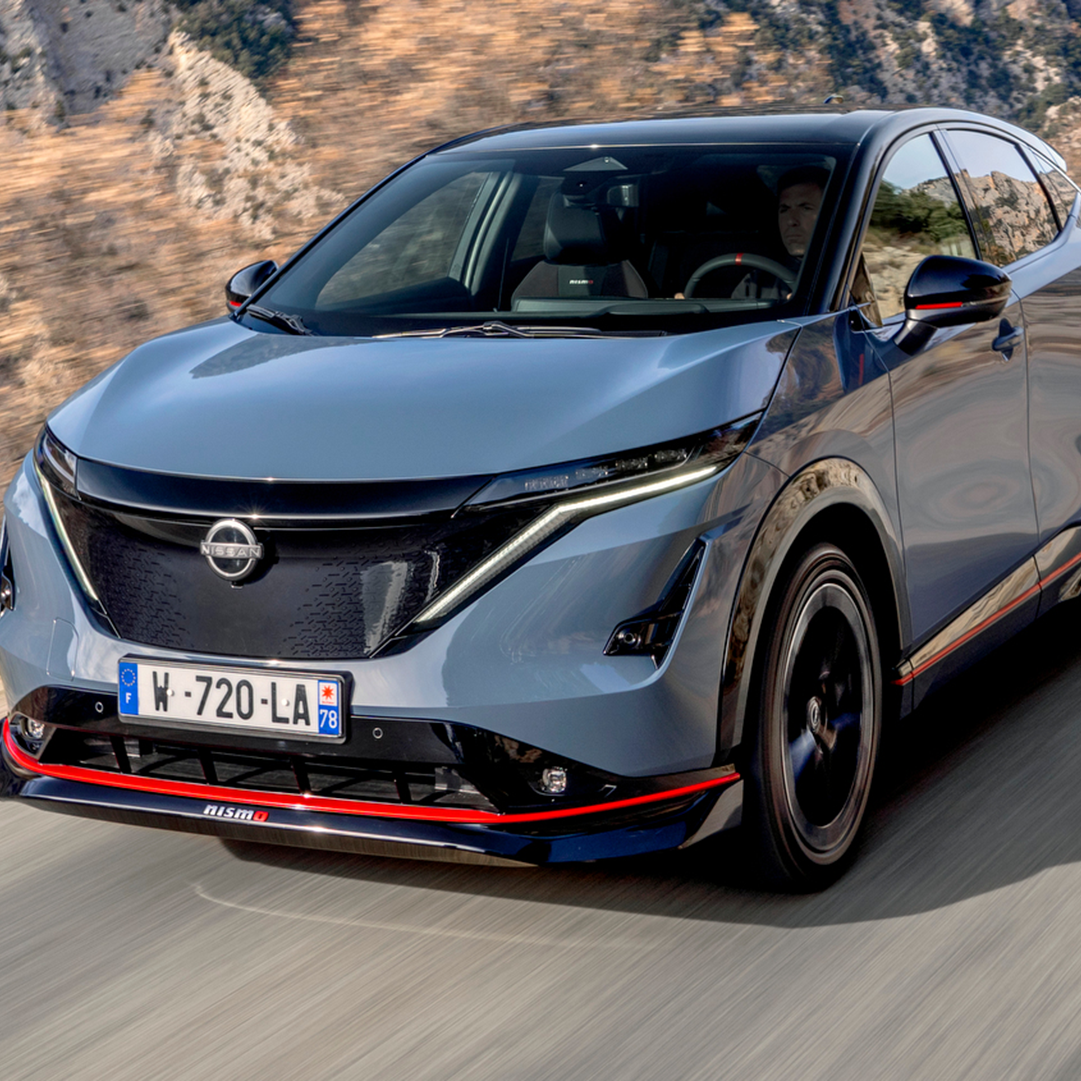


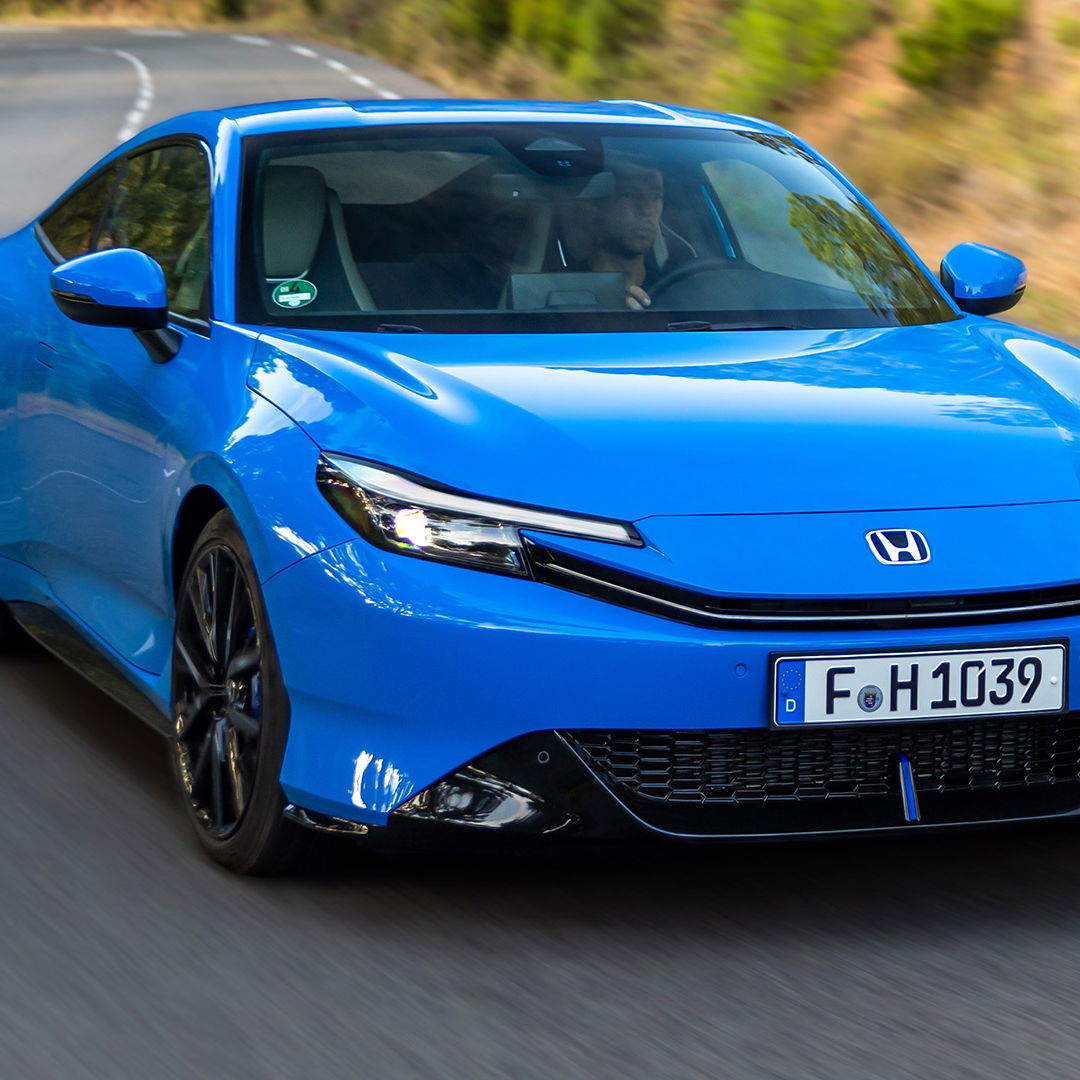
Comments
Real Life: Please wait on hold plays elevator music
Car World: Please idle while I answer this call Hears screaming girlfriend on where the driver is
Too bad you guys didn’t upload a photo of the 4A-GE, it has the most beautiful aftermarket throttle body.
Speaking about idles, I’ll tell a story about my dad’s idle experience. Back when he was a teenager he owned a 1970 Dodge Dart with a 383 V8. It idled pretty poorly, so when he was stopped he would have to blip the throttle every once in a while so it wouldn’t die. So one day, he was sitting at a light trying to keep his car from dying and someone in a riced car (it seems riced based on his description, yes ricers existed in the 70s) came up to the light and though my dad was revving, so they started revving as well. Light turns green, my father nailed it, and the ricer turned off more than halfway before the next light. I guess embarrassing ricers has always been fun!
Please, does idling waste more gas than turning off the engine?
Basically when an engine idles the CPU sends a message to the sensors on the engine then the sensors tell the core components on the engine such as pistons flywheel etc… and tells them to keep working then the sensors send a message back to the CPU if a component fails on the engine then the sensors will warn the CPU then a check engine light will illuminate
While I’m sure some principles apply to carburetors and mechanical fuel injection for idiling, some stuff might be different…
I bought a car with bad idle turned the idle screw had work its way free a bit of lock tight and it was good as new had that car for years the lad i bought of was sending it the scrap yard cause of this issue.
Some cars don’t have idle valves. My XJ-S V12 is only set by adjusting the gap around both throttle bodies. The only extra it gets is for the cold start, which is a wax theromstat mounted to the left cylinder head. When cold it lets air in. When warm it closes. There are also some purposly open ends, like the distrubutor vacume hose which sucks fumes out and straight into combustion
My first car (‘99 Corsa B) idled poorly because a faulty camshaft-sensor sent wrong data.
Took me quite a while to have the idea to check that part.
Worst idle system ever made: it’s the odd duck that’s caught in-between is the auto idle-choke mechanism found at webber 32-36 (i think) which where fitted at sierras at the 2.0 carb pinto.. Automatic choke valve that restricted airflow automated by engine’s temperature.. After turning the engine off, It ALWAYS bleeds gas until the carb is empty.. Leaves you struggling at uphills and downhills.. And once it’s started, it will deffinitely leave you for a couple of secs without gas after you manage to turn the thing on.. Bad for countries with sudden-changing climate :P you can’t even tune that damn thing! When hot it works like a charm though TBH! Good carb without that choke butterfly-valve thingie
Pagination